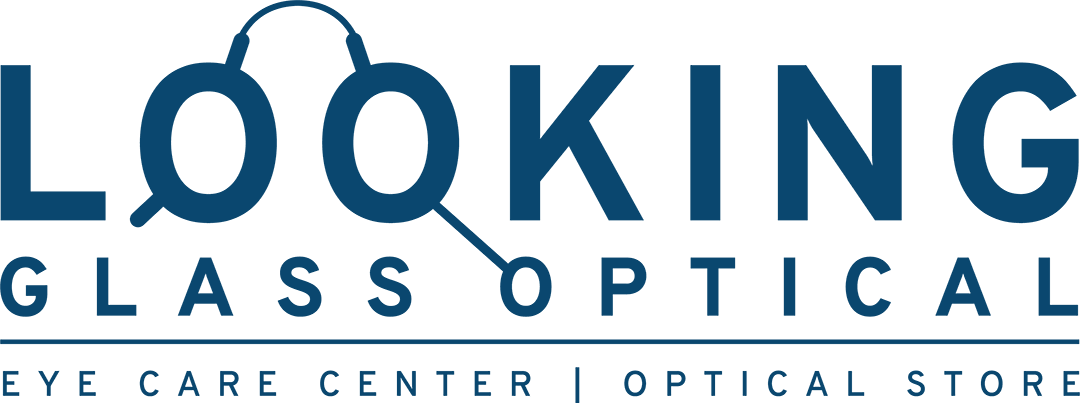How to Protect Your Eyes During Fall Sports
There are few better feelings than cheering on your child’s team from the sidelines while a crisp fall breeze comes rolling through. Making sure your child can have fun and build their skills during fall sports may be a top priority. However, it’s also important to focus on your athlete’s overall health.
Undoubtedly, excellent vision will improve your child’s performance and keep them on the field. Discover a few tips that can help you protect your child’s eyes during fall sports and ensure their ability to play the entire season.
The Risks Associated With Playing Fall Sports
Many fall sports require players to react to high-speed objects like balls, pucks, and swords coming at their faces. These objects have a hard exterior, and they can cause severe damage to the eyes. Some sports that put athletes at high risk of eye injury from objects include:
- Baseball
- Softball
- Racquetball
- Squash
- Hockey
- Tennis
Some fall sports have a higher risk of eye injury because of the full-body contact involved. Your athlete never knows when a foot or elbow will poke them right in the eye at full speed. Some examples of these sports include:
- Boxing
- Wrestling
- Soccer
- Lacrosse
Other sports, like swimming, can cause eye damage because of the chemicals and possible bacteria present in the water. If your child will be playing any of these sports during the fall, protecting their eyes should be paramount.
The Importance of Wearing Protective Eyewear
In 2022, an estimated 32,118 people sought treatment for sports-related eye injuries. While eye injuries are relatively common, any damage to the eye can be serious business and requires medical attention. If they are severe enough or left untreated for long enough, sports-related eye injuries can result in vision loss or blindness.
For many athletes, the risks outweigh the benefits. Fortunately, you can prevent almost all of these injuries with protective eyewear. In some cases, children might be hesitant to wear eyewear during a game or match. They may think:
- Protective eyewear doesn’t look cool (especially if their friends haven’t caught on)
- Protective eyewear will prevent them from seeing properly and will reduce their performance
- Protective eyewear will be unnecessary, especially if they already wear glasses
Though these statements may seem logical, they aren’t entirely true. Protective eyewear can be sleek and come in cool colors. The eyewear can also enhance your child’s vision. It can reduce glare and increase contrast, making it easier to judge location and distance on the field.
Finally, regular prescription glasses do not provide sufficient protection. They are not created to withstand impact the way protective goggles and masks are. Glasses are also made of glass that can easily break and shatter, increasing the risk of injury.
How to Choose Protective Eyewear for Young Athletes
Having a high level of protection depends on choosing the right type of eyewear. Consider the following tips as you determine which eyewear to invest in.
Consider the Sport
Not all protective eyewear will be appropriate for all types of fall sports. Safety goggles are best for sports like basketball and tennis. Swimmers also wear goggles, but they should have a rubber seal to stop water from getting in.
Sports like football, fencing, hockey, and lacrosse require special headgear. For these sports, the protective eyewear should be attached to that piece of gear.
Ensure Proper Materials
If you’re purchasing protective goggles for your athlete, they should be made from polycarbonate. Because of polycarbonate’s lightweight nature, the material doesn’t negatively affect comfort or performance.
Polycarbonate eyewear will also be impact-resistant, which means the goggles won’t be broken by a fast-moving object or body part. Finally, polycarbonate can also offer UV protection for outdoor sports.
Look for Certification
The Protective Eyewear Certification Council (PECC) ensures that your child’s eyewear has been manufactured to the ASTM F803, F117, and F910 standards. There are also other certifying bodies, including the Hockey Equipment Certification Council (HECC) and the National Operating Committee on Standards for Athletic Equipment (NOCSAE).
Buying certified eyewear brings peace of mind that it will work when your child needs it most.
Ask About Prescriptions
If your child already has a prescription for eyeglasses, their protective eyewear should reflect that. Otherwise, they may not be able to see properly during the game. Such an issue can affect performance and be a safety hazard. Ask your child’s eye doctor about getting protective eyewear that matches your athlete’s current eyewear prescription.
The Dos and Don’ts of Proper Eye Care During the Fall Sports Season
The eyes are among the most important organs in the body. Use the following tips to ensure your family’s eye health throughout the fall sports season:
- Don’t forget to bring your child’s protective gear to games or practices
- Do consider wearing your own protective eyewear as a spectator, especially if balls frequently come flying into the stands
- Do encourage the rest of your child’s teammates and coaches to adopt a protective eyewear policy
- Don’t purchase eyewear without first talking to your child’s eye doctor and getting their professional recommendation
Protecting your child’s eyes will definitely be worth the effort required to invest in the right gear.
Maintaining Eye Health Should Always Be in Season
Whether or not your child is involved in fall sports, eye health is integral to their overall well-being. In addition to purchasing proper eyewear, you should also make sure they’re getting regular eye exams. This can help catch and correct any issues that may be developing.
If you’re looking for a welcoming, family-friendly environment where you can bring your whole crew, Looking Glass Optical can serve your needs. Contact us today to schedule an eye exam, so your young athlete can limit injuries and keep performing at a high level.
Share
